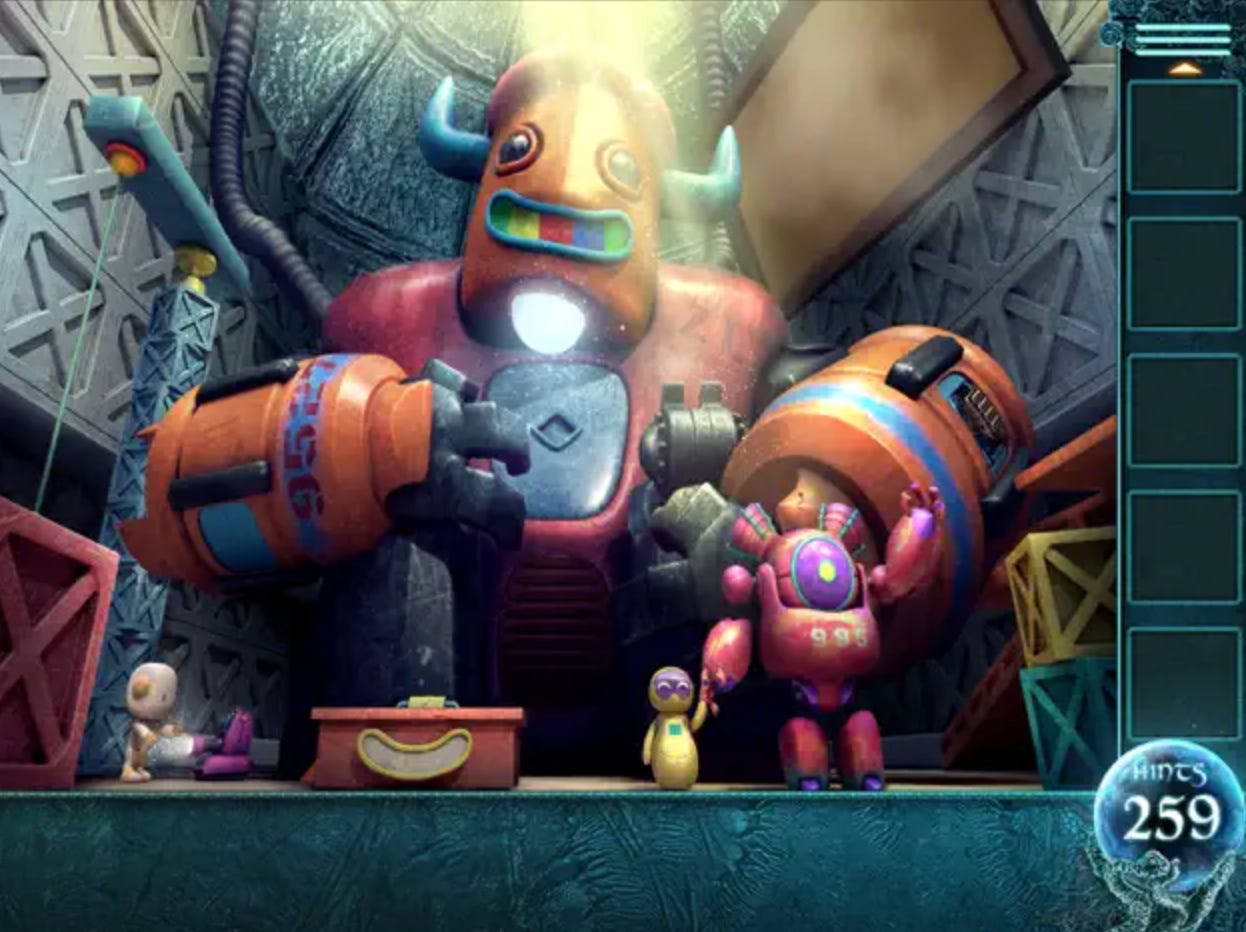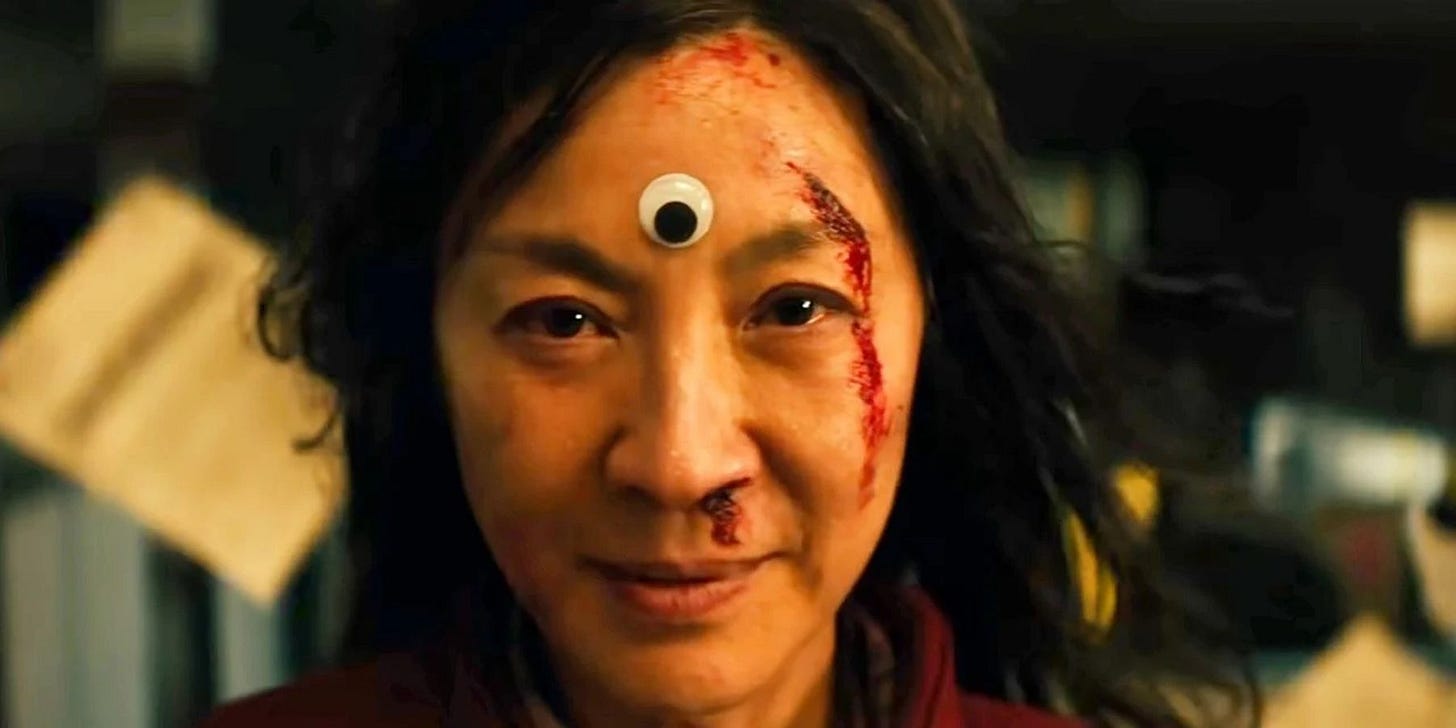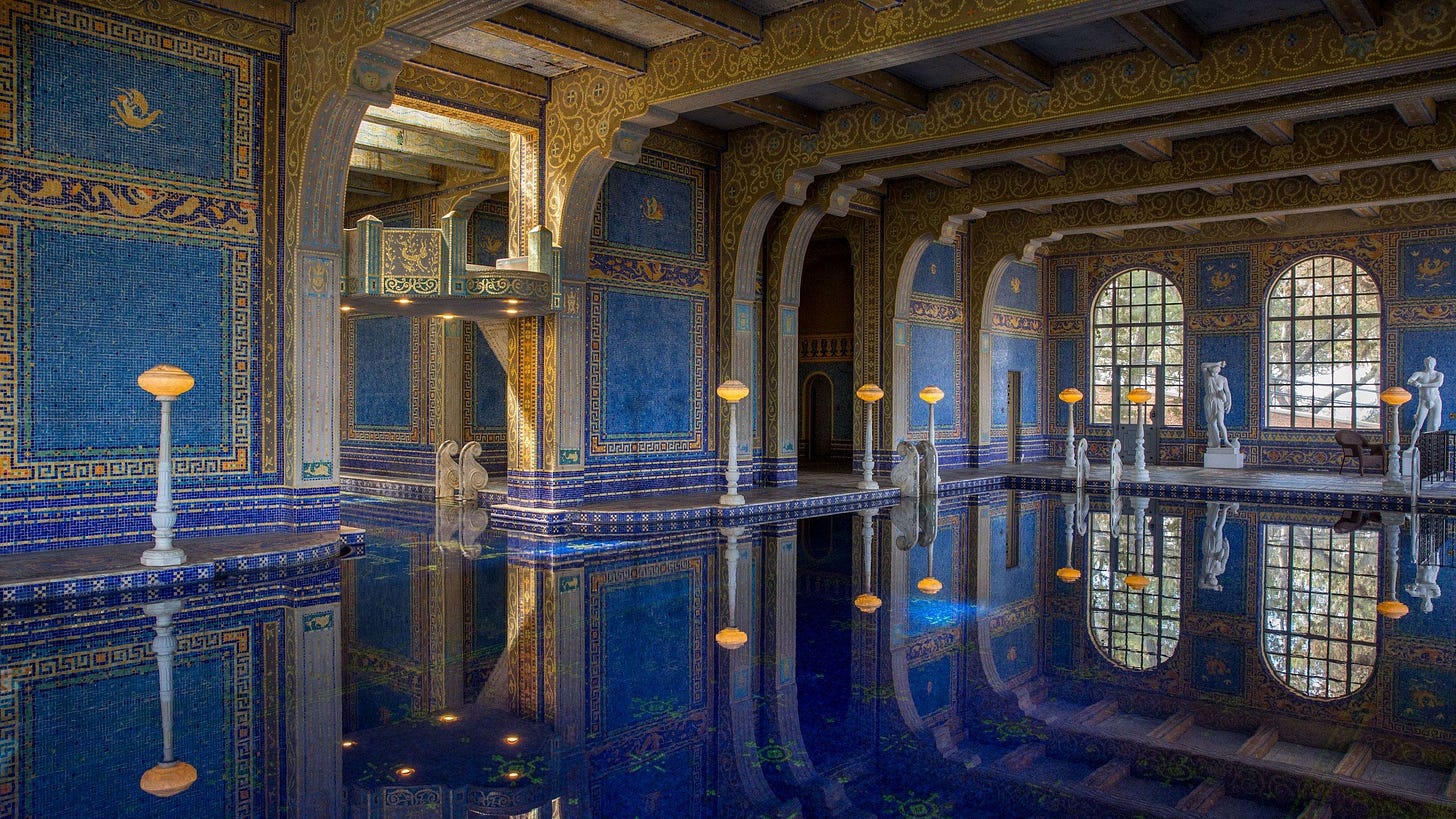My Fellow Shennyer:
I’m writing today from a pretty good place. It’s a feeling I hope you’ve had recently, where, in the thick of your routine, your mind suddenly remembers you’ve got sunnier days ahead: the boss is going on vacation, or a birthday’s coming up, or just a sense of getting to slow down a little because the hard stuff is now behind you.
For me it’s that our MFA Program is hosting the writer and artist Jaime Cortez this week, and readings are always our best events. Then I’ve got a friend in from out of town on Friday, and then Shani’s coming with her husband the following weekend. (It’s also Folsom Weekend for those who practice.)
So there’s a number of things that could bring me down—like some sudden recurring dizziness these past 2 weeks, or the retweet-hungry antics of my celebrity governor which I wrote about earlier this week—but instead I have this feeling. We should have a word for it. ‘Hope’ seems grander than what I mean: a lightening of the spirit, a little current of optimism that comes from anticipating the kinds of experiences that make you feel fully yourself.
Like Shenny. It’s sometimes a job, but it’s always only my job, and I’m glad for it.
Yours:
Dave
Endorsements
1. The Pillow Book
I started paying more attention to duration in art when I finally saw Hamilton. I couldn’t believe it was as good as everyone said, because of its premise. I dislike musicals, and one where characters rap about, like, the U.S. treasury? I’d rather get the measles. But watching it with my mom, a full-on fan who’s memorized most of the soundtrack, I was rapt. It wasn’t that it changed my mind—i.e., I didn’t think ‘Oh, it’s good rapping about U.S. history’—so much as its premise dissolved, over time, into an ongoing norm, a plainly artificial actuality that by Act 2 I paid as much attention to as a painting’s frame in a gallery. The other week, I was reminded about the effects duration has on an audience as I read the entirety of Sei Shōnagon’s The Pillow Book—a collection of 300+ thoughts, lists, reports, scenelets, and other sketches of life in the Emperor’s court from a lady-in-waiting in 10th century Japan. How many scenes of festivals are there? Countless. Is there a gown or robe that goes undetailed? Not on your life. Often, anthologists strip away the repetitive parts and leave a couple dozen charming bits; in the past I’d taught such excerpted versions and our reading would suggest that The Pillow Book was a thing from history we now knew about. Reading it in full, warts and all, Shōnagon became far more of a person and not just an author, and spending a week with her wandering mind, her continual gifts for seeing the world she lived in, I felt—I’ll say it—transported. It’s an obvious but useful lesson: good art takes time.
2. Escape Room Apps
Talk about duration in art. The only time I got to be locked inside an escape room for an hour was in the summer of 2019, visiting my oldest friend, Beage, in Virginia. He and his son and I had, if I recall, a nuclear submarine theme to puzzle through, and we did it in just over 50 minutes—any fewer would have been unsatisfying. I am the exact person escape rooms were made for, and it’s my lot in life that the vast majority of people I know and love have zero interest in doing them with me. So I’ve turned to apps like Room Escape: 50 Rooms I, which contains 10 levels of 50 rooms each, where I poke at my iPad screen like a hen pecking gravel looking for a screwdriver to use on that air vent, or the key I need to unlock the second desk drawer on the left. Even better (if of fewer rooms) is Room Escape: Different Spaces, where the rooms are more fanciful spots like this giant robot laboratory:
For sure the apex predator of escape room apps is Fireproof Games’ The Room series. If you haven’t played all four editions, you have many hours of lonely, screen-tapping pleasure ahead of you.
How to Write an Original Book
My new favorite cinematic image is this shot of Michelle Yeoh from Everything Everywhere All At Once:
N & I watched it last week and it completely lived up to the hype. Fresh and original despite multiverse plotlines being everywhere these days, where it’s like a race to see what kind of wackily plausible mirror-universe writers can make their characters do strange things inside. And I think what makes EEAAO stand out is the above image.
It’s stark and plain but immediately evocative and suggestive and funny and moving.
I hate adjectives. Let me try that again.
Placing a googly eye where faiths have placed the gateway to enlightenment insists that there is no path to wisdom without a sense of humor. If I have any faith, it lies there. I once tried to write a whole book about this, and the Daniels captured it in an image. Yeoh is beaten and bloody. Her hair is a cinematic mess (meaning perfectly messed, still plenty gorgeous). Her smile rivals the Mona Lisa in suggesting what she’s ready for.
And that eye, dumb and smart at once. Smart in accepting its dumbness. What if a family drama could be worked out through kung fu and repeated dildo / butthole imagery? seems to be the guiding question behind the movie—or, what I’m trying to get at: its vision.
Vision wasn’t anything I was taught in school. It seems to be part of the package of ‘things you can’t teach about writing’ that I’ve never believed in.1 But in a fiction workshop I taught some years back, students gave mini craft talks, and one—another Daniel: the writer and humorist Daniel Lalley—did his on starting with a vision.
Daniel’s example, if I remember correctly, was Las Vegas. He wanted to write a story that did to readers what Las Vegas does to tourists. His story wasn’t set in Vegas, wasn’t about gambling or cheap hotels; vision, for him, was more foundational. Or, in his words: ‘Having a baseline aesthetic motif allows me to shape everything from the characters to the setting, even the dialog.’
What I love about this is how it frees me from … let’s call it the burden of being accurate. (An occupational hazard for this NF writer.) When I don’t start with a vision, or when I limit my vision to My Past As I’m Pretty Sure It Happened, I inevitably worry whether my descriptions or ideas I’m putting out there fit some ‘universal’ mold I assume everyone has fixed in their heads.
In other words, I start writing to prevent some imagined reader from saying, say, ‘That’s not how a cat moves.’ Or ‘That’s not what mac and cheese tastes like.’
Starting with a vision—the one I’ve used for the chapter I’m wrapping up is prone dadbod—is like delegating authority in my writing to some third party I’m happy to heed (because it’s my own, fully whim-based). It gives me a set of values and associations—e.g., exhaustion, boxing knock-outs, bottoming, bloatedness, beach sunburns, past-one’s-prime-edness, etc.—I can explore in the drafting and return to when I’m looking for images, metaphors, and rhetorical leaps to make.
Which is all the stuff I like to do the most in writing, but don’t always give myself the license to do freely.
I remember once hearing Molly Shannon talk about how she could go to the SNL writers and say, ‘I want to do a character that’s like…’ and then make a face and a slouchy posture and a kind of simper, and they’d write the sketch she needed. I love that.
Do you start anything with this kind of vision for the piece? Daniel’s writing exercise for his craft talk was simple: ‘Go to an art gallery and pick out a piece that will help you visualize the kind of story you want to write.’ If this is part of your process, I’d love to hear about it.
(Finally, I found so many great images searching around last Shenny for a photogenic natatorium, that I’m gonna end each issue with one. Here’s the Roman Pool at Hearst Castle in San Simeon, Calif.)
I’ll say it again: if there’s some aspect of writing you feel you can’t teach, you don’t understand what teaching is.








Re: good art taking time: I have lately been thinking about the optimal length for a great piece of music, and I think it’s somewhere around 9 minutes.
I did have a vision when I started my book: that if I went through with this process, the process itself would change me. It would show me a path out of grief. I couldn't articulate it while in my masters, but that's ultimately what informed my every decision. Why am I learning this about my past, and what is it here to teach me? For a long time I was writing a book about escape, because running from Alaska was all I knew. But now I can very clearly see, my story is about return. And I've returned, and am very much changed. Anyhoo, this is all to say thank you for this reminder. As I write the dreaded story summary in prep for submitting my manuscript, it was nice to be reminded of what started this journey in the first place.